Home>Garden Essentials>Green Space Urbanity And Health: How Strong Is The Connection?
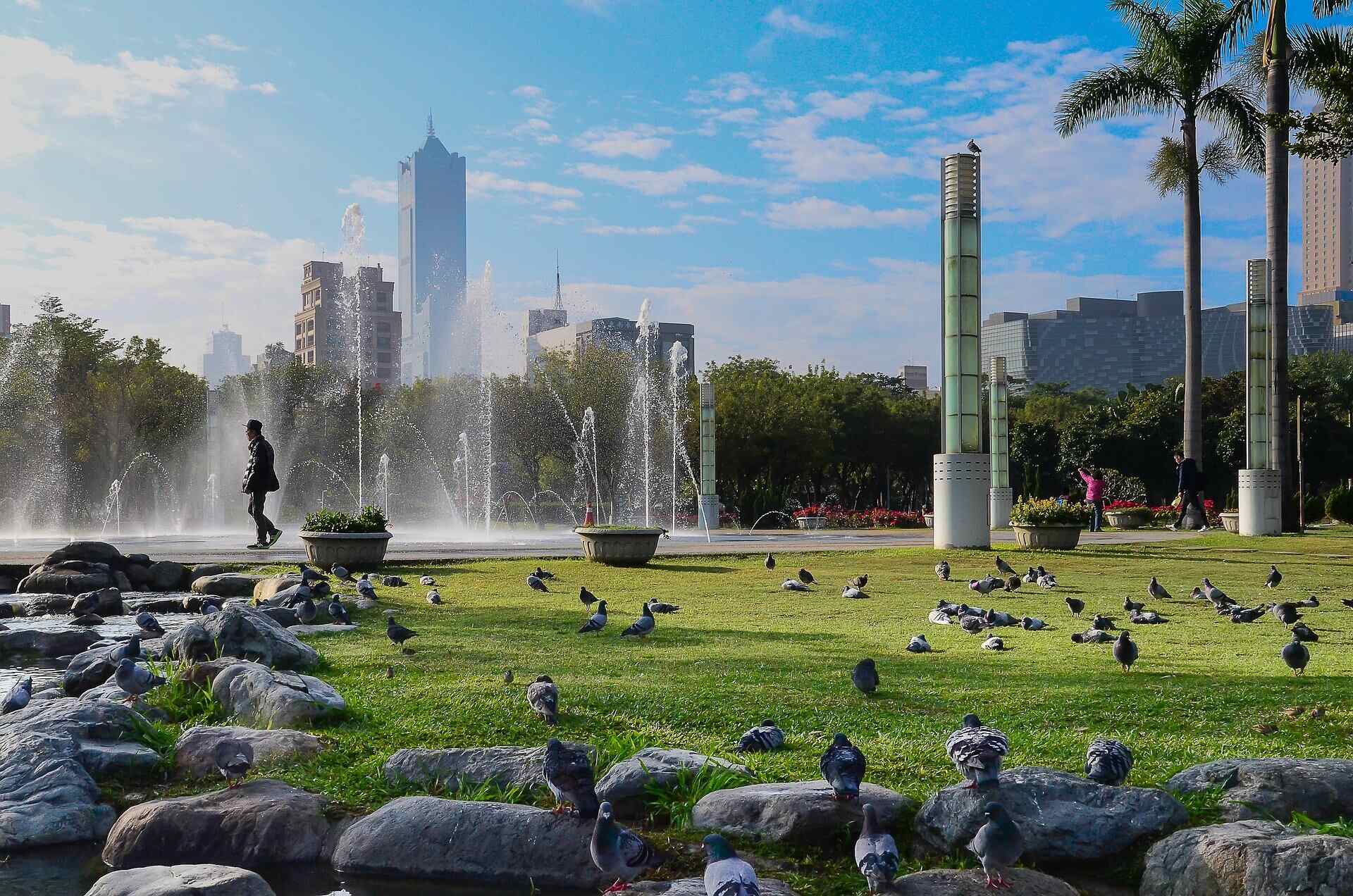

Garden Essentials
Green Space Urbanity And Health: How Strong Is The Connection?
Modified: March 7, 2024
Discover the strong connection between urbanity, health, and green spaces. Explore the impact of gardens on physical and mental well-being in a modern urban environment.
(Many of the links in this article redirect to a specific reviewed product. Your purchase of these products through affiliate links helps to generate commission for Storables.com, at no extra cost. Learn more)
Introduction
Welcome to the world of urban gardening! In recent years, the concept of green space in urban areas has gained significant attention and appreciation. As cities continue to grow and expand, the need for green spaces becomes even more crucial. These pockets of nature not only provide aesthetic appeal but also offer numerous benefits for the health and well-being of urban dwellers.
When we think of urban areas, we often imagine concrete jungles, filled with towering buildings and bustling streets. However, amidst the hustle and bustle, the presence of green spaces can bring a sense of tranquility and offer respite from the fast-paced urban life. These spaces can encompass a range of areas, such as public parks, community gardens, rooftop gardens, and even vertical gardens.
Research has shown that green spaces play a significant role in promoting physical health, mental well-being, and social interaction among urban residents. The connection between green space and health has been a topic of interest among scientists, urban planners, and health professionals. In this article, we will delve into the importance of green spaces in urban areas and explore the various ways in which they contribute to our overall well-being.
Join us as we uncover the benefits of green space urbanity and delve into the fascinating world of urban gardening. From improving air quality to reducing stress levels, you’ll discover the multitude of reasons why incorporating green spaces into urban environments is more important than ever.
Key Takeaways:
- Green spaces in cities improve physical and mental health by providing opportunities for exercise, reducing stress, and promoting social interaction, creating a healthier and happier urban environment.
- Challenges in accessing green spaces in cities, such as unequal distribution and safety concerns, can be addressed through strategies like brownfield redevelopment and community engagement, ensuring inclusive and vibrant green spaces for all residents.
Read more: What Is Urban Garden
The Importance of Green Space in Urban Areas
Green spaces play a vital role in urban areas, enhancing the quality of life for residents and contributing to the overall well-being of the community. Here are some key reasons why green space is important in urban environments:
- Enhancing Environmental Sustainability: Green spaces act as natural filters, absorbing pollutants and improving air quality. They also help to mitigate the urban heat island effect by reducing temperatures and providing shade. Additionally, green spaces promote biodiversity by creating habitats for various plant and animal species.
- Improving Physical Health: Access to green spaces encourages physical activity, which is essential for maintaining a healthy lifestyle. Parks and recreational areas provide opportunities for walking, jogging, cycling, and other outdoor exercises. Regular physical activity helps in reducing the risk of chronic diseases such as obesity, cardiovascular diseases, and diabetes.
- Reducing Stress and Improving Mental Health: Green spaces have a calming effect on the mind and can reduce stress levels. Spending time in nature has been linked to improved mental health and increased feelings of happiness and relaxation. Green spaces also provide a sense of escape from the noise and chaos of urban life, promoting mental rejuvenation.
- Promoting Social Interaction: Green spaces act as gathering places for people of all ages and backgrounds, promoting social interaction and community bonding. Parks and gardens provide spaces for picnics, sports activities, and cultural events, fostering a sense of togetherness and creating opportunities for social connections.
- Enhancing Aesthetics and Property Values: The presence of green spaces adds aesthetic value to the urban landscape. Trees, plants, and flowers provide a splash of color and beauty, making the environment more visually appealing. Research has also suggested that proximity to green spaces can increase property values, making them desirable places to live and work.
Overall, green spaces contribute to a healthier, happier, and more sustainable urban environment. They bring nature into the concrete jungle, providing a connection to the natural world and offering numerous benefits for both individuals and the community as a whole.
The Impact of Green Space on Physical Health
Green space in urban areas has a profound impact on physical health, contributing to the well-being of individuals and the community at large. Here are some key ways in which green spaces positively affect physical health:
- Promoting Physical Activity: Green spaces provide opportunities for outdoor physical activities such as walking, jogging, cycling, and sports. Access to parks, trails, and open spaces encourages people to engage in regular exercise, leading to improved cardiovascular fitness, weight management, and overall physical well-being.
- Improving Air Quality: Green spaces act as natural filters, absorbing pollutants from the air and releasing oxygen. Trees and plants help to remove harmful substances such as carbon dioxide, ozone, and particulate matter, thus improving air quality. This, in turn, reduces the risk of respiratory diseases and other health issues related to poor air quality.
- Lowering the Risk of Chronic Diseases: Regular physical activity, which is facilitated by access to green spaces, helps in preventing and managing chronic diseases such as obesity, diabetes, and cardiovascular disorders. Engaging in outdoor activities also reduces stress levels, boosts the immune system, and improves overall health and longevity.
- Enhancing Mental Well-being: The positive impact of green spaces on mental health has a ripple effect on physical health. Spending time in nature, surrounded by greenery, has been shown to reduce stress, anxiety, and depression. Reduced stress levels contribute to better immune function, lower blood pressure, and improved sleep quality.
- Aiding in Post-Operative Recovery: Studies have found that access to green spaces can aid in the recovery process for individuals who have undergone surgery. Being in a natural environment, with views of green spaces, has been linked to faster healing, reduced pain, and decreased requirement for pain medication.
Green spaces not only provide opportunities for physical activity but also contribute to cleaner air, reduced risk of chronic diseases, improved mental well-being, and faster recovery from surgeries. The presence of green spaces in urban areas promotes a healthier and more active lifestyle, benefiting individuals in both subtle and significant ways.
The Impact of Green Space on Mental Health
Green spaces in urban areas have a profound impact on mental health, playing a crucial role in promoting emotional well-being and overall psychological balance. Here are some key ways in which green spaces positively affect mental health:
- Stress Reduction: Spending time in green spaces has been shown to significantly reduce stress levels. The calming effect of nature, with its serene surroundings and soothing sounds, helps to relax the mind and alleviate stress and anxiety. Green spaces provide a peaceful escape from the fast-paced, high-stress urban environment.
- Mood Enhancement: Green spaces have the power to boost mood and uplift spirits. Being surrounded by nature, trees, and flowers can evoke positive emotions, increase feelings of happiness, and decrease symptoms of depression. Immersion in greenery replenishes mental energy and provides a sense of revitalization.
- Improved Cognitive Function: Interacting with and being surrounded by nature has been found to enhance cognitive function and improve concentration and focus. Green spaces provide a break from the constant stimulation and distractions of urban life, allowing the brain to recharge and rejuvenate, leading to better cognitive performance.
- Enhanced Self-esteem and Self-confidence: Access to green spaces promotes a sense of accomplishment and self-esteem. Being able to engage in physical activities and spending time outdoors contributes to feelings of self-worth and confidence. Additionally, being in a natural environment can help individuals develop a positive self-image and a sense of connectedness to the world around them.
- Promotion of Mindfulness: Green spaces provide an ideal setting for practicing mindfulness and being present in the moment. The tranquility of nature helps individuals to focus on their senses, create a sense of stillness, and cultivate mindfulness. Engaging in mindful activities in green spaces can reduce ruminative thinking and increase feelings of peace and clarity.
Green spaces have a remarkable influence on mental health, offering a sanctuary of tranquility and respite from the stresses of urban life. Whether it’s a walk in the park, sitting in a garden, or simply gazing at a scenic landscape, the power of green spaces to enhance mental well-being should not be underestimated. Incorporating more green spaces into urban environments can have a profound and positive impact on the mental health of individuals and contribute to creating healthier and happier communities.
Spending time in green spaces, like parks and gardens, can improve mental and physical health. Try to incorporate regular visits to green spaces into your urban lifestyle for a boost in well-being.
The Role of Green Space in Promoting Social Interaction
Green spaces in urban areas play a significant role in fostering social interaction and building strong communities. These natural gathering places provide opportunities for people to connect, engage in activities, and form social relationships. Here are some key ways in which green spaces promote social interaction:
- Community Gathering: Green spaces, such as parks and community gardens, act as gathering places for people from all walks of life. They provide a common ground where individuals and families can come together, socialize, and engage in various activities. Whether it’s a picnic, a game of frisbee, or a community event, green spaces offer a space for community-building and strengthening social ties.
- Shared Interests and Hobbies: Green spaces often cater to specific interests and hobbies, such as running clubs, gardening groups, or outdoor fitness classes. These activities bring people with similar interests together, fostering a sense of belonging and enabling individuals to make connections with others who share their passions. Green spaces provide a platform for individuals to bond over common interests, leading to long-lasting friendships and a sense of community.
- Encouraging Physical Activity in Groups: Many green spaces offer opportunities for group fitness activities, such as yoga classes, group walks, or team sports. Participating in physical activities together not only promotes individual health but also facilitates social interaction and team building. It creates a sense of camaraderie and encourages individuals to support and motivate each other, reinforcing social connections in the process.
- Promoting Cultural Events and Celebrations: Green spaces serve as venues for cultural events, festivals, and celebrations. These events bring people together from diverse backgrounds and provide a platform for cultural exchange, learning, and understanding. They create opportunities for individuals to interact, share experiences, and celebrate the diversity and richness of their community.
- Interactions with Nature: Green spaces offer individuals a chance to interact with nature and wildlife. Whether it’s bird-watching, butterfly spotting, or simply enjoying the beauty of flowers and trees, these experiences can spark conversations and create connections among individuals who share a love for the natural world. Green spaces provide a shared appreciation for the environment, fostering a sense of environmental stewardship and collective responsibility.
Green spaces act as catalysts for social interaction, providing spaces where individuals can come together, connect, and engage in meaningful activities. They create opportunities for people to form friendships, build a support network, and promote a sense of belonging. The presence of green spaces in urban areas promotes social cohesion, unity, and a shared sense of community among residents.
Challenges of Access to Green Space in Urban Areas
While the benefits of green spaces in urban areas are clear, there are still significant challenges when it comes to ensuring access to these spaces for all residents. Here are some key challenges in achieving equitable access to green spaces:
- Unequal Distribution: In many urban areas, green spaces are not evenly distributed, resulting in disparities in access. Some neighborhoods have an abundance of parks and green spaces, while others have limited or no access at all. This inequitable distribution often corresponds to socioeconomic factors, with wealthier neighborhoods having better access to green spaces compared to lower-income areas.
- Lack of Proximity: The proximity of green spaces to residential areas is crucial for ensuring easy access. However, in dense urban environments, green spaces are often located far away from residential areas, making it difficult for individuals, especially those without private transportation, to reach them. This lack of proximity can discourage people from utilizing green spaces and limit their accessibility.
- Insufficient Size and Quality: Not all green spaces in urban areas are created equal. Some may be small and overcrowded, offering limited space for activities and relaxation. Others may lack essential amenities such as seating, shade, or restroom facilities. The quality of green spaces also varies, with some areas poorly maintained or suffering from neglect, making them less inviting and usable for residents.
- Safety Concerns: Perceptions of safety can deter individuals from utilizing green spaces, particularly in areas with high crime rates or a lack of lighting and security measures. Fear of crime and violence can limit the use of green spaces, particularly by vulnerable populations such as women, children, and the elderly. Ensuring safe and well-maintained green spaces is essential for encouraging their utilization by all residents.
- Barriers for Individuals with Disabilities: Green spaces should be accessible to individuals with disabilities, but many lack sufficient infrastructure and accommodations for people with mobility challenges. The absence of ramps, accessible pathways, and inclusive design features can prevent individuals with disabilities from fully enjoying and utilizing green spaces.
Addressing these challenges is crucial to ensure that all residents have equal access to the benefits of green spaces. Efforts should be made to create a more equitable distribution of green spaces, improve proximity to residential areas, enhance the size and quality of existing green spaces, address safety concerns, and prioritize accessibility for individuals with disabilities. By overcoming these challenges, urban areas can create inclusive and vibrant green spaces that are accessible to all and contribute to the overall well-being of their communities.
Strategies for Increasing Green Space in Urban Areas
As the importance of green spaces in urban areas becomes evident, it is crucial to implement strategies that increase their quantity and accessibility. Here are some key strategies for increasing green space in urban areas:
- Brownfield Redevelopment: Brownfield sites, which are abandoned or underutilized industrial or commercial areas, can be converted into green spaces. Remediation and rehabilitation efforts can transform these areas into parks, community gardens, or even urban forests, providing much-needed green spaces in densely populated urban areas.
- Roof Gardens and Vertical Greenery: Utilizing rooftops and vertical walls for green spaces can significantly increase greenery in urban areas. Rooftop gardens and green walls not only provide aesthetic beauty but also help to improve air quality, reduce heat island effects, and create recreational spaces. These innovative solutions allow for creative use of limited space in urban environments.
- Parks and Open Space Planning: Incorporating parks and open spaces in urban planning is crucial for creating green spaces that are accessible to all residents. By allocating land for parks and strategically placing them within neighborhoods, city planners can enhance the availability and accessibility of green spaces. Parks should be designed to cater to a variety of needs, including areas for recreation, socializing, and relaxation.
- Urban Agriculture: Promoting urban agriculture initiatives, such as community gardens and urban farming, can increase access to green spaces while also providing opportunities for sustainable food production. Encouraging residents to participate in gardening and farming activities not only enhances greenery but also promotes community engagement and education about healthy food choices.
- Preservation of Natural Areas: Protecting and preserving existing natural areas within urban environments is vital. This includes safeguarding forests, wetlands, and other natural habitats that contribute to biodiversity and ecosystem balance. Urban areas can work towards creating nature reserves and wildlife sanctuaries, supporting the conservation and sustainability of green spaces.
- Partnerships and Community Engagement: Collaboration between local governments, community organizations, and residents is essential in increasing green space. Engaging the community in decision-making processes and involving them in the planning, design, and maintenance of green spaces fosters a sense of ownership and ensures the spaces meet the specific needs and preferences of the local population.
By adopting these strategies, urban areas can expand and enhance green spaces, ensuring that they are accessible, sustainable, and beneficial for all residents. Creating a balance between built-up areas and green spaces contributes to the overall well-being, health, and happiness of urban communities.
Conclusion
Green spaces are an essential component of urban areas, offering numerous benefits for the physical, mental, and social well-being of residents. From improving air quality to reducing stress levels, the presence of green spaces in urban environments has a profound impact on the overall health and happiness of individuals and communities.
Through their ability to promote physical activity, green spaces contribute to better physical health and lower the risk of chronic diseases. They also play a crucial role in improving mental health by providing a sense of calm and relaxation, reducing stress, and enhancing mood and cognitive function.
Furthermore, green spaces in urban areas act as gathering places, fostering social interaction, and community building. They create opportunities for people to come together, engage in activities, and form social connections, promoting a sense of belonging and unity among residents.
Despite the myriad of benefits, access to green spaces in urban areas can be a challenge. Unequal distribution, lack of proximity, safety concerns, and barriers for individuals with disabilities hinder equitable access to these spaces. To address these challenges, efforts should be made to increase the quantity and quality of green spaces, prioritize their accessibility, and engage the community in the planning and development processes.
By implementing strategies such as brownfield redevelopment, rooftop gardens, parks and open space planning, urban agriculture, preservation of natural areas, and fostering partnerships with the community, urban areas can create more vibrant, sustainable, and inclusive green spaces.
In conclusion, green spaces are not just elements of beauty in urban areas but have far-reaching positive effects on the health, well-being, and social fabric of communities. Embracing and expanding green spaces in urban environments is a step towards creating healthier, happier, and more sustainable cities for present and future generations.
Frequently Asked Questions about Green Space Urbanity And Health: How Strong Is The Connection?
Was this page helpful?
At Storables.com, we guarantee accurate and reliable information. Our content, validated by Expert Board Contributors, is crafted following stringent Editorial Policies. We're committed to providing you with well-researched, expert-backed insights for all your informational needs.
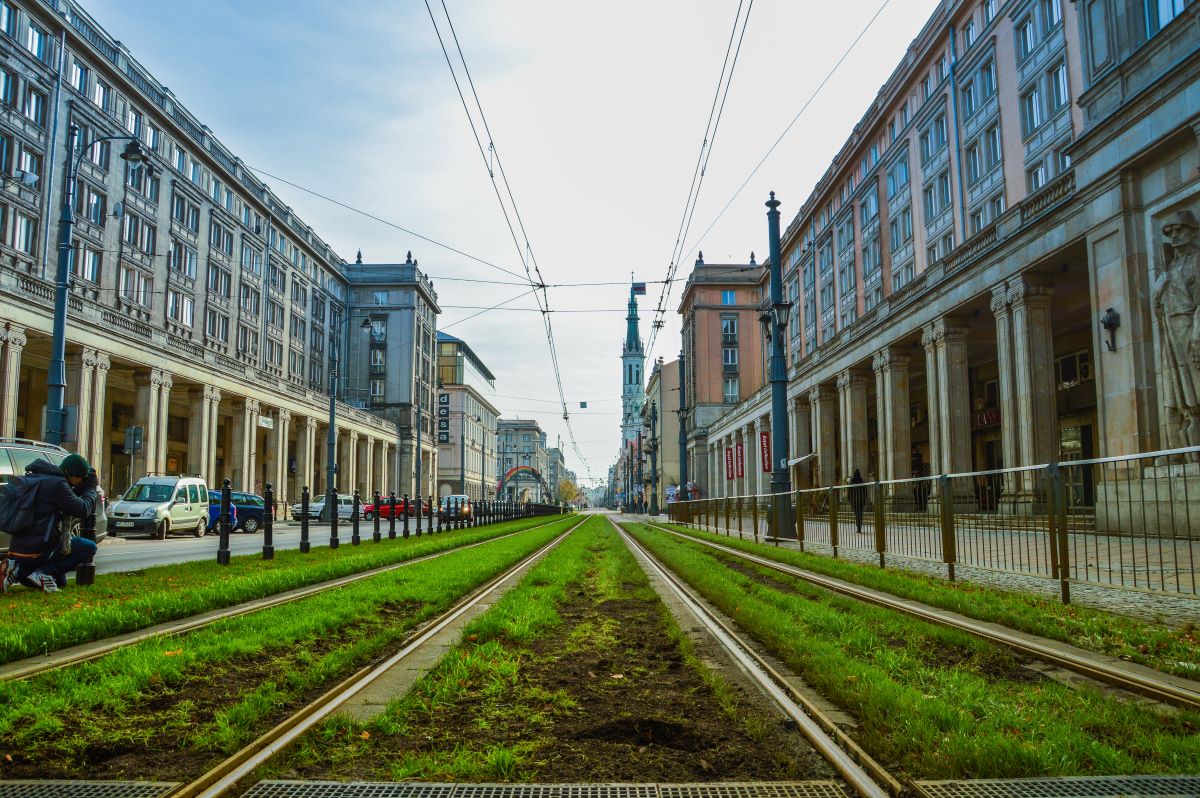
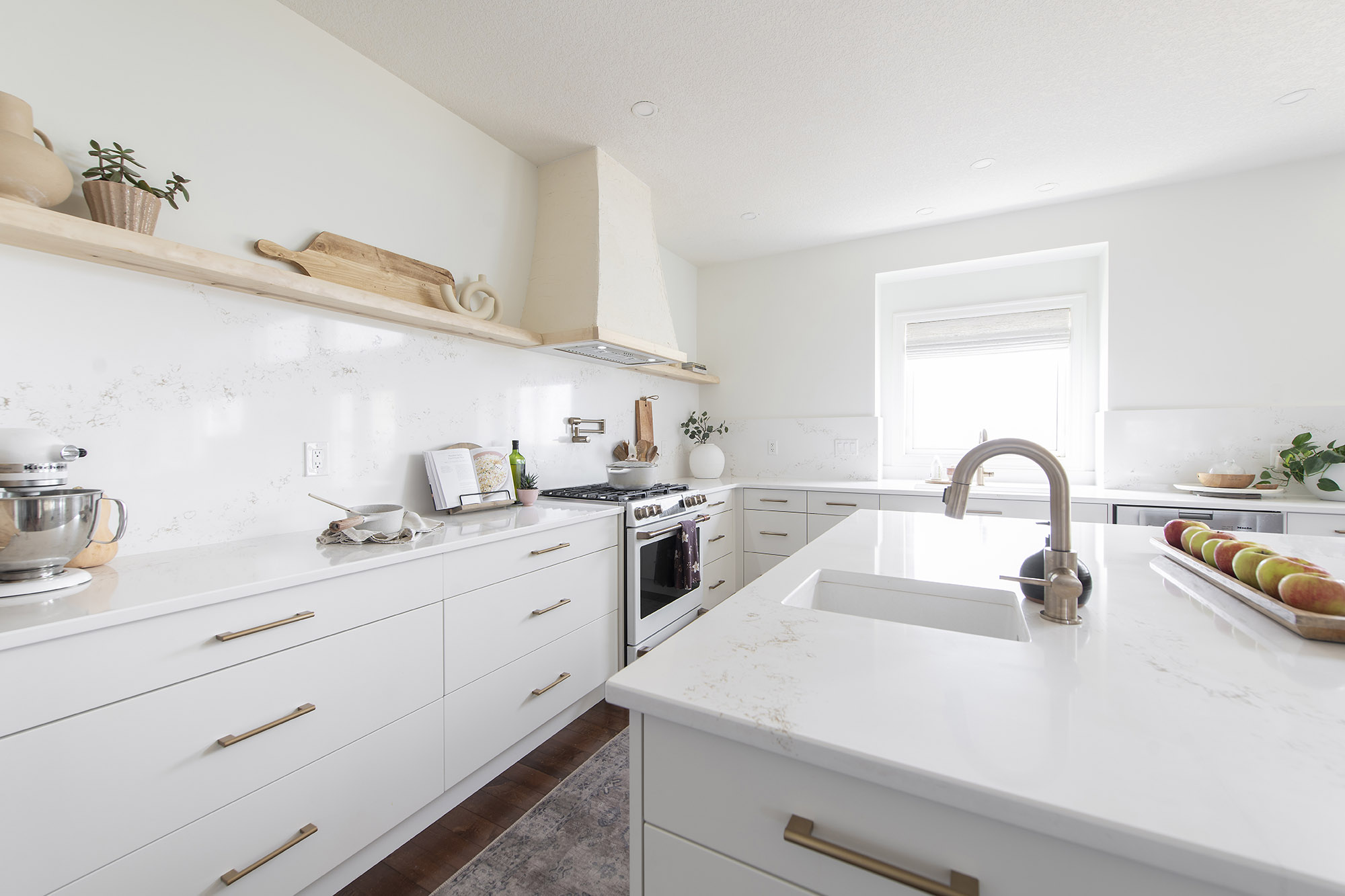
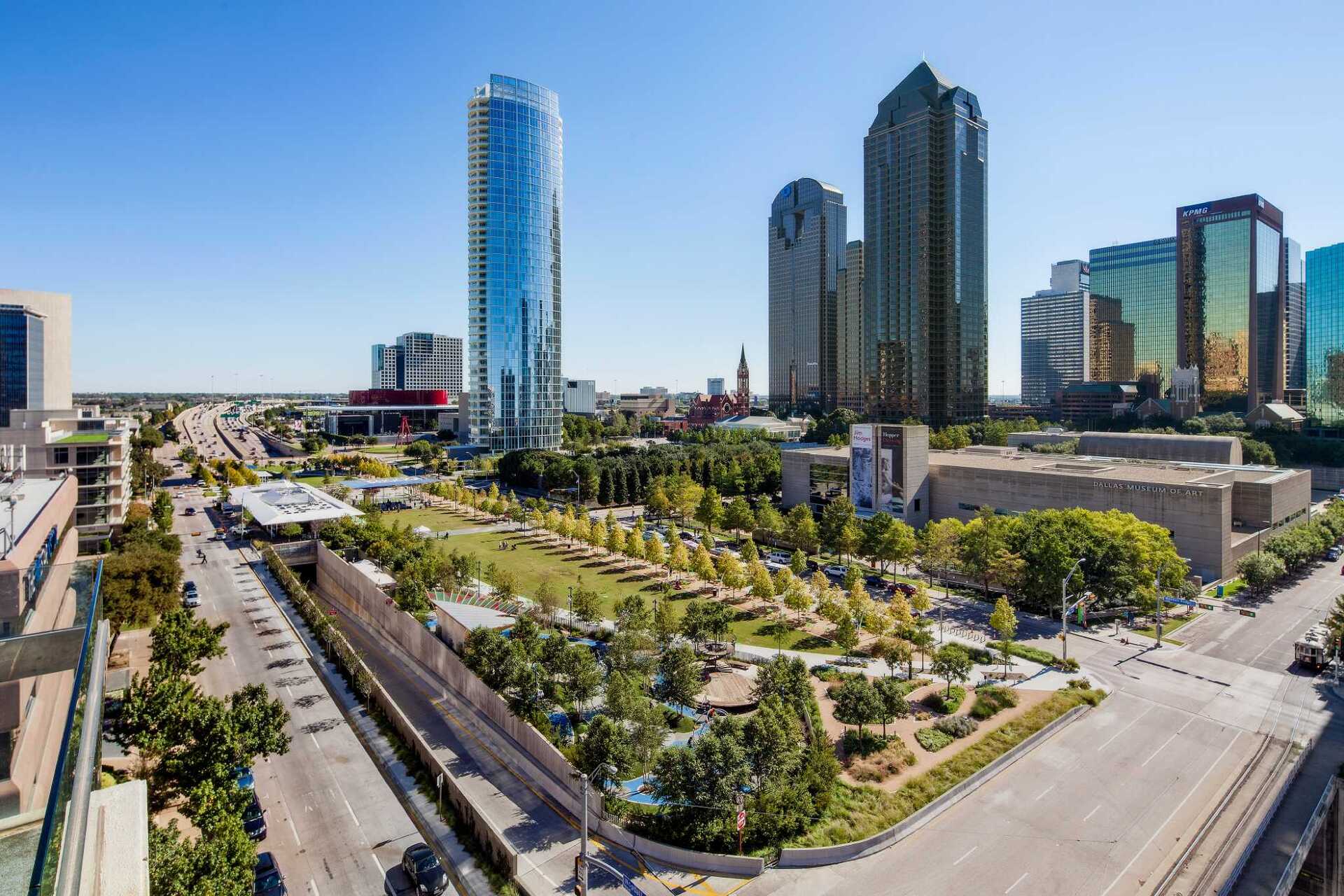



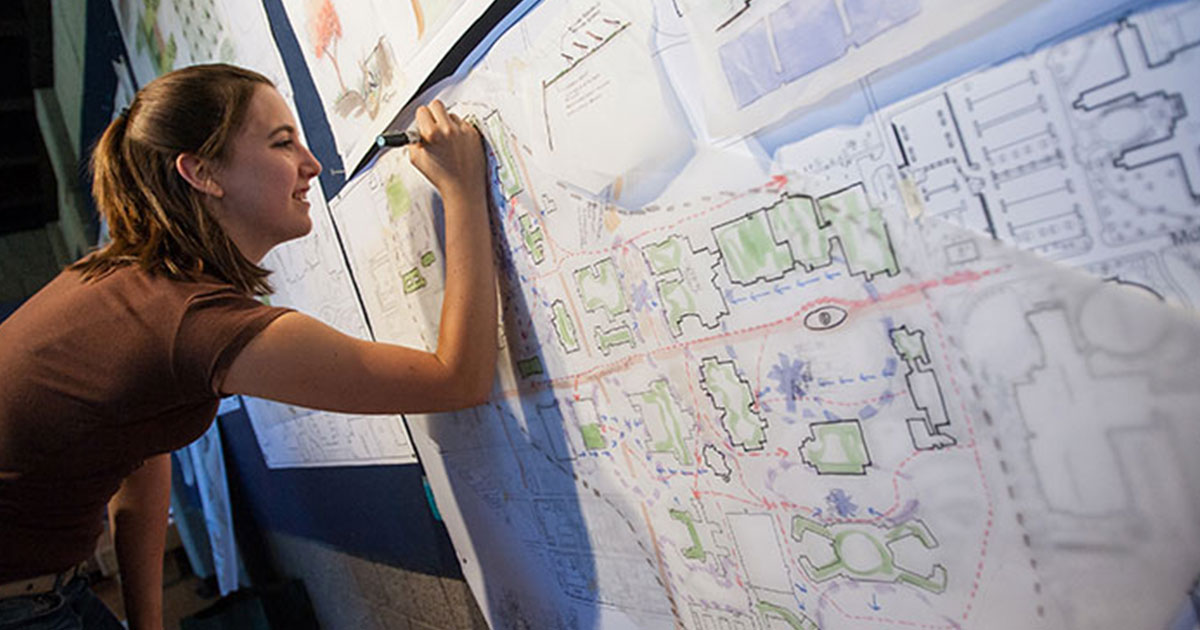
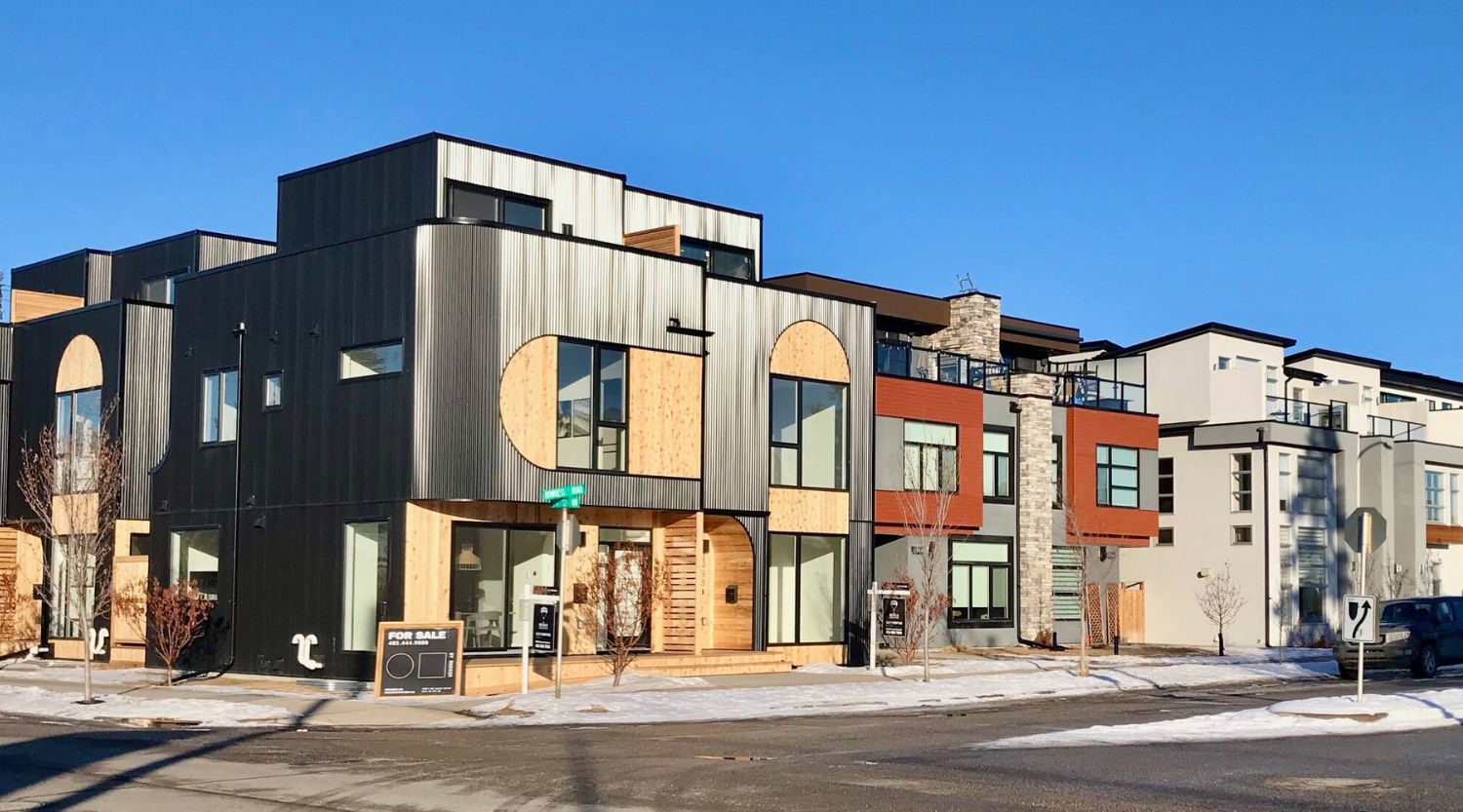

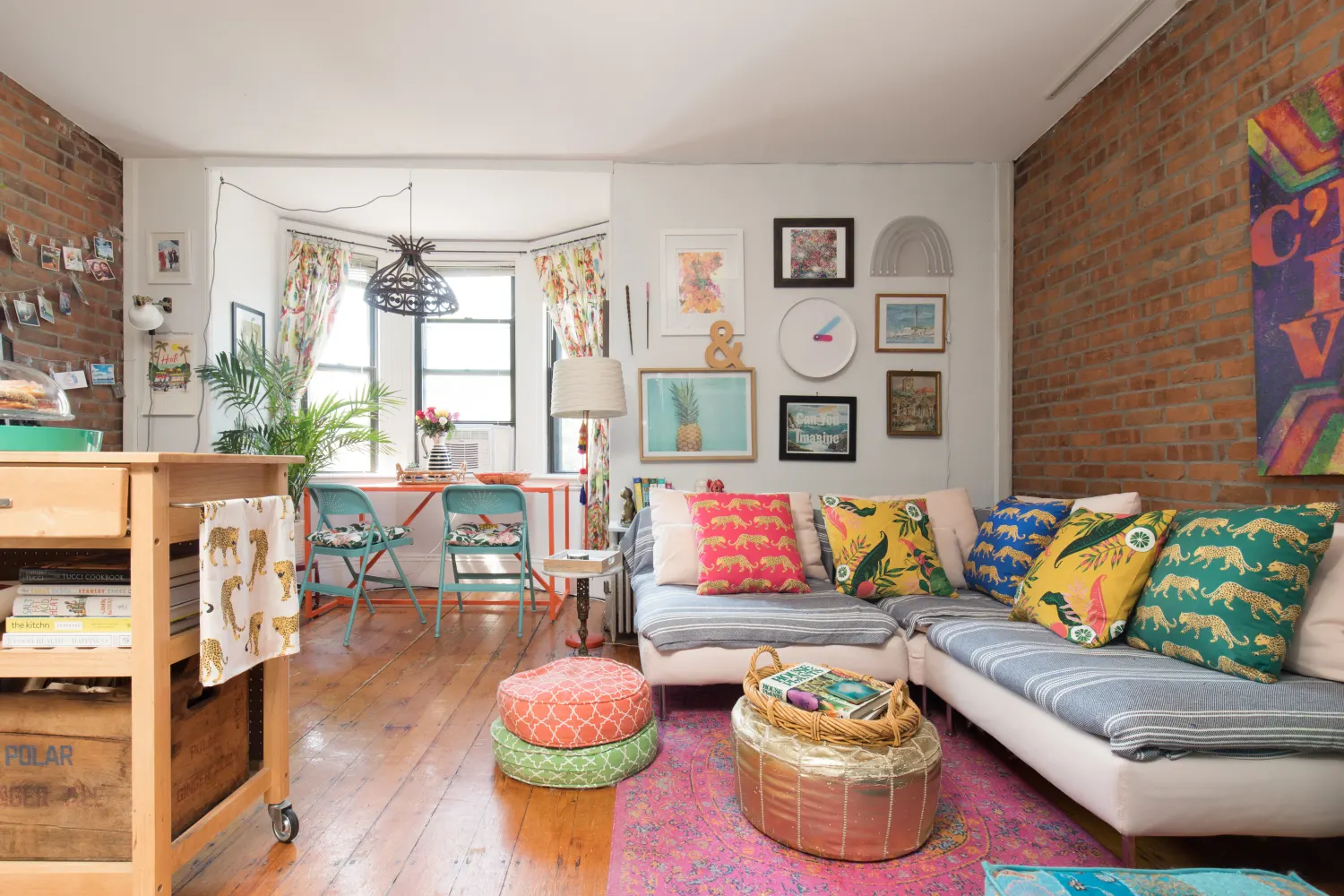

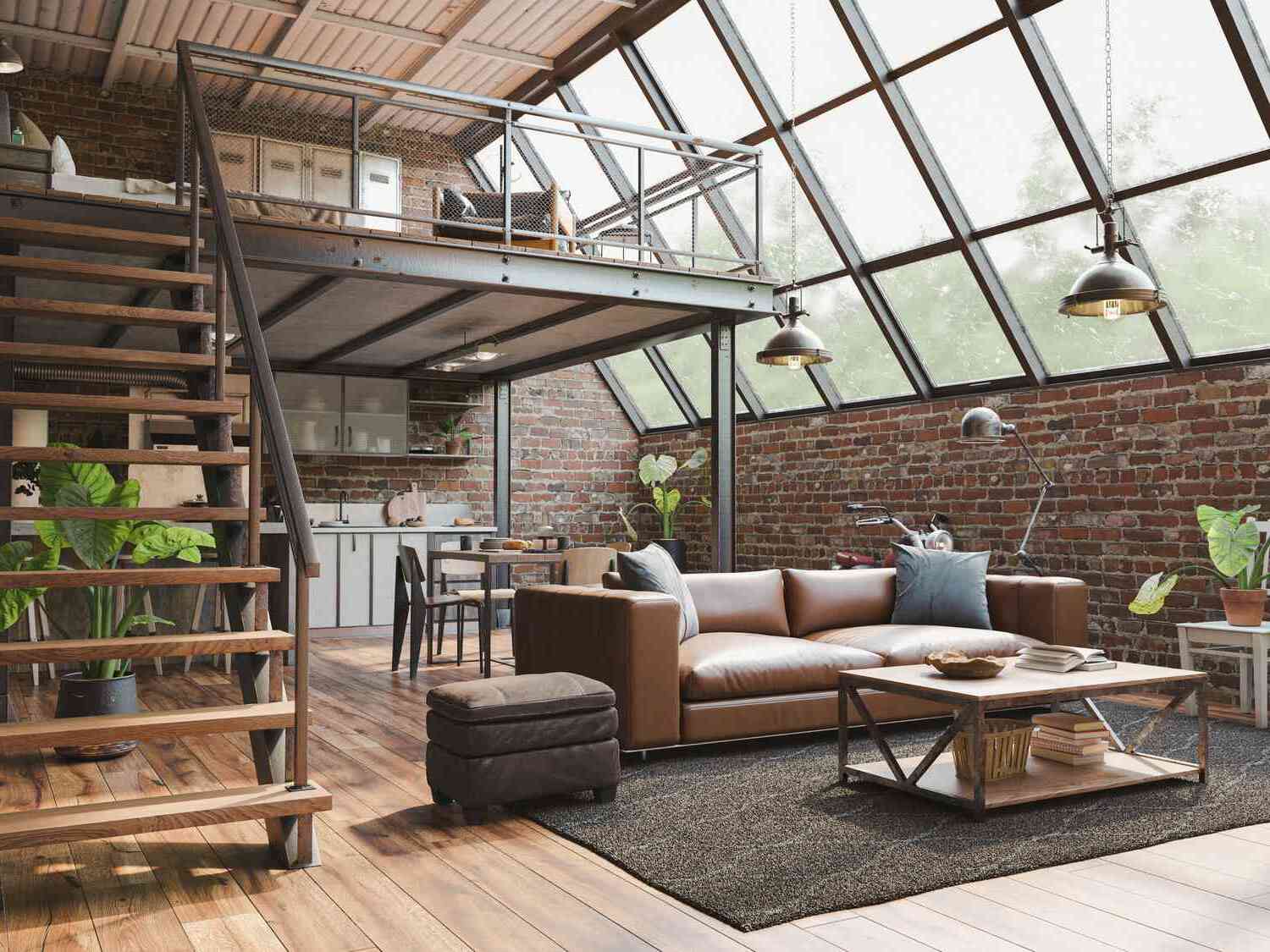
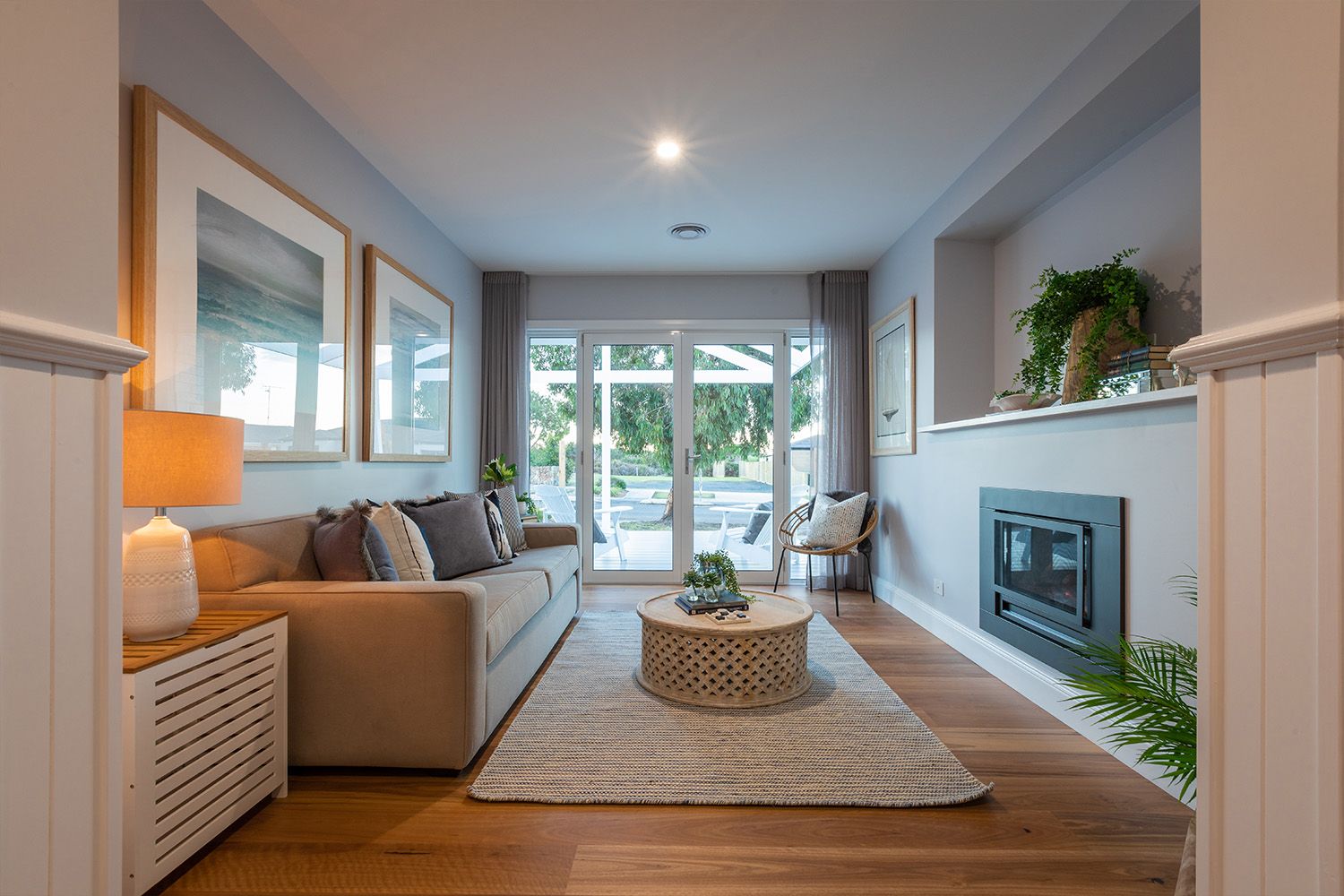
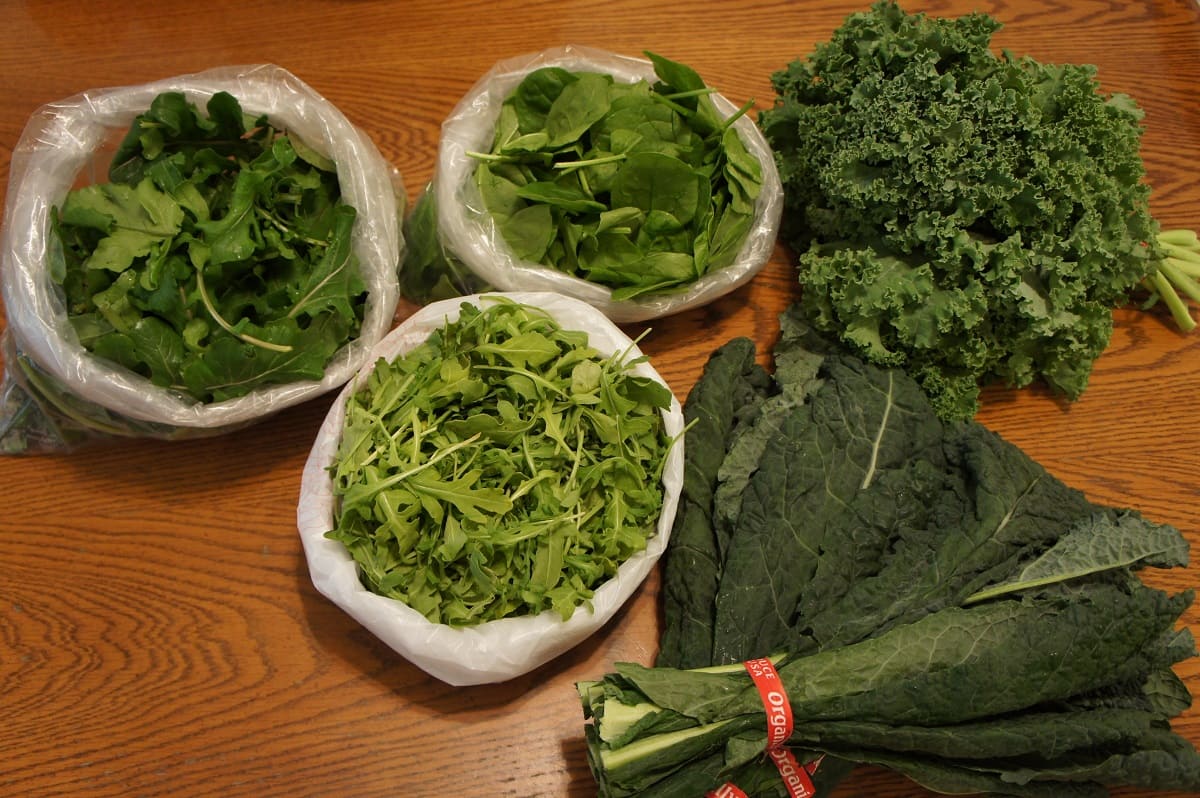

0 thoughts on “Green Space Urbanity And Health: How Strong Is The Connection?”